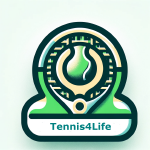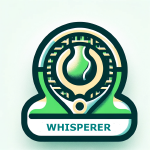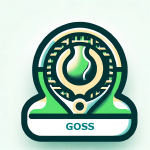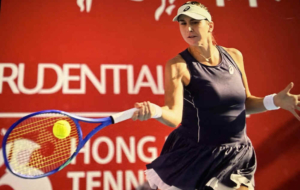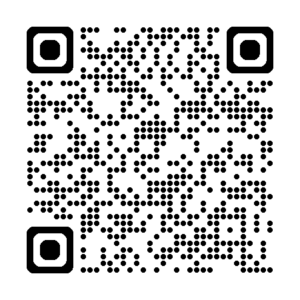Mobility Is What Matters
Mobility Is What Matters on the Court
In tennis, there’s no time to ease into position. You’re reaching, twisting, and exploding off the mark—under pressure and at speed.
That’s why the real foundation of athletic movement isn’t just flexibility. It’s mobility.
And mobility demands more than stretching—it requires strength, stability, and control.
Flexibility vs. Mobility
-
Flexibility is your passive range—how far a joint moves when pulled by an outside force (like your hand or a strap).
-
Mobility is your active range—how far you can move that joint using only your muscles.
In a match, it’s not enough to get to the ball—you need to get there in control, ready to strike, recover, and move again. That requires mobile strength, not just loose muscles.
Why Mobility Requires Strength
Mobility isn’t about moving more—it’s about controlling movement with precision and purpose.
Adding light weights to mobility drills transforms them into powerful tools for performance:
-
Activates deep stabilizers in the hips, shoulders, and spine
-
Builds strength in your end range—where most injuries occur
-
Trains your nervous system to feel safe and strong under load
-
Improves reactive coordination and joint integrity, boosting balance and footwork
“Even if you’re super strong, I would lean toward the one to two pounds before the five to 10,” says Alex Rothstein, assistant professor of exercise science at NYIT.
“Even a couple of pounds can activate the stabilizers and create noticeable change.”
This is about precision, not power—teaching your nervous system to own new positions so you can access them when it counts.
Tennis Mobility Using a Medicine Ball
When done with intent, a medicine ball becomes a powerful tool to bridge mobility and functional strength—two pillars of high-performance tennis movement.
These five movements train your body to control rotation, stabilize under pressure, and move explosively with balance. They simulate the exact demands of match play: recovering from a wide ball, rotating into a forehand, lunging after a drop shot, and more. This short circuit requires minimal equipment but delivers maximal transfer to the court.
Gear: 4–8 lb medicine ball Time: 15–20 minutes Focus: Core control · Rotational power · Joint mobility · Dynamic stability
1. Split Stance Rotation
Description: Stand in a split stance (like you’re preparing to return serve). Hold the medicine ball at your chest and slowly rotate side to side, keeping your hips steady.
Why: Builds trunk control and postural balance while reinforcing lower-body stability—critical for split steps, returns, and directional changes.
2. Low-to-High Woodchop
Description: Begin with the ball near your outside hip. Rotate and lift it diagonally across your body to above the opposite shoulder.
Why: Mimics the rotational drive of topspin strokes while improving range, sequencing, and power generation from the ground up.
3. Overhead Lunge
Description: Hold the ball overhead with both arms extended. Lunge forward, keeping the spine tall and the ball stable above your head.
Why: Trains shoulder stability, core engagement, and hip mobility—perfect for recovering from deep wide shots or finishing at the net.
4. Lateral Step and Toss
Description: Perform lateral shuffles across the baseline. At each stop, toss the ball against a wall or to a partner, then reset.
Why: Reinforces lateral movement, reactive coordination, and rhythm under tension—foundational for baseline rallies and doubles coverage.
5. Standing Rotational Throw
Description: Stand sideways to a wall. Hold the ball at your chest, rotate from your hips, and throw the ball forcefully into the wall. Catch and repeat.
Why: Builds explosive core rotation and reinforces kinetic chain timing—ideal for generating pace on serves and groundstrokes.
Wrap
Mobility is what matters on the court. You don’t have time to stretch into position—you have to arrive strong, stable, and ready to act.
By adding just a few minutes of light-load mobility training, you’ll build the control, coordination, and resilience needed for fast, fluid, injury-resistant play—and extend the life of your game.

